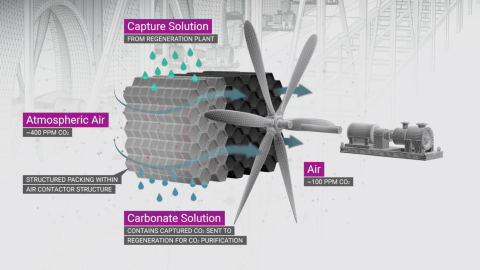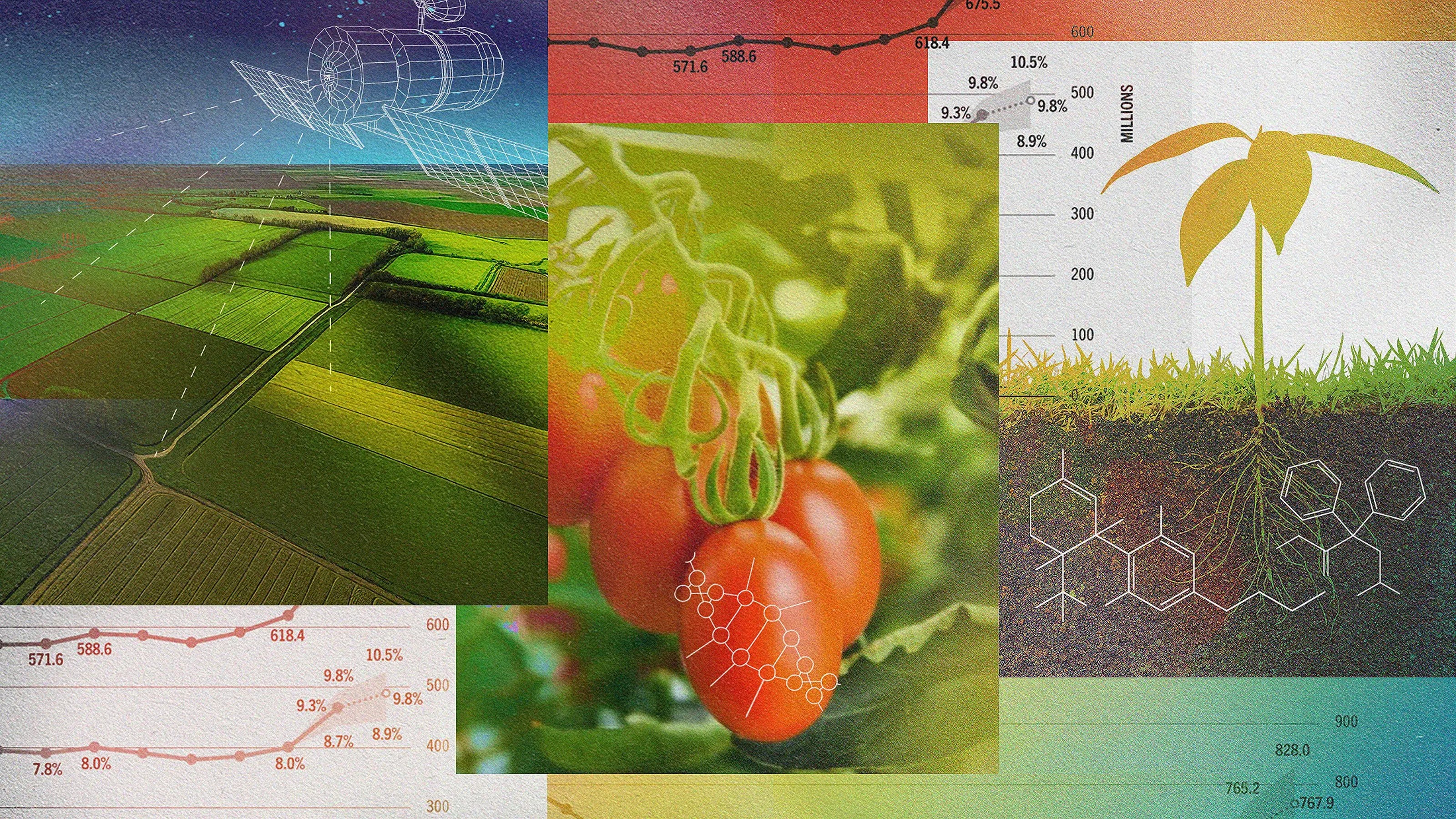Canadian company to build plant that will remove CO2 from atmosphere — convert it to fuel

Carbon Engineering
- Negative emissions technologies remove CO2 from the atmosphere and store it or convert it to fuel.
- In addition to capturing carbon, Carbon Engineering also converts stored carbon into a fuel that can be used by everyday vehicles.
- The ability to profit from carbon capture and conversion will surely help make these kinds of technologies more cost-effective.
To hit the international goal of keeping global warming below 2 degrees Celsius this century, reducing emissions and using renewable energies probably won’t be enough. That’s why people are becoming increasingly interested in negative emissions technologies, which suck CO2 out of the atmosphere and store it underground or convert it into carbon-neutral fuel. These processes have been too costly to implement on a large scale, however.
But that might change soon: Carbon Engineering Ltd, a Canada-based company that’s been running a pilot carbon-capture program since 2015, just raised enough money to build its first commercial-scale negative-emissions facility. The company says its systems can now remove CO2 from the atmosphere at a rate of under $100 per tonne — what’s long been considered the benchmark for negative-emissions technology to be cost-effective.
“A financial investor invests because they like your business plan. We were able to bring some pretty big Silicon Valley venture capital to us,” said Carbon Engineering president and CEO Steve Oldham, whose company is backed by the likes of billionaire Bill Gates.
Carbon Engineering says one of its commercial plants would occupy 30 acres of land and be able to pull one megaton of CO2 from the atmosphere per year. Oldham said that’s equivalent to planting about 40 million trees.
The company is also able to convert captured carbon into fuel through a process it calls “air to fuels,” which involves combining captured CO2 with hydrogen from water. This process requires a lot of electricity, but Carbon Engineering uses renewable hydro power, meaning the resulting fuel ends up being carbon-neutral when burned.
What’s most interesting about the fuel is that the company says it can be used by existing cars, trucks and planes without requiring any modifications to the vehicles.
In the near future, Carbon Engineering plans to build one or two plants in order to see how the designs work out. The idea is to scale “aggressively but not recklessly,” Oldham said.
“Our technology is ready to go to market, [but] we don’t want to end up in a situation where we miss something and we have to fix it in five or six different plants at once.”
The ability to profit from carbon capture and conversion would surely help make these processes more cost-effective, and also help increase the amounts of carbon we pull from the atmosphere: Currently, we remove only 1 percent of total carbon emissions.





